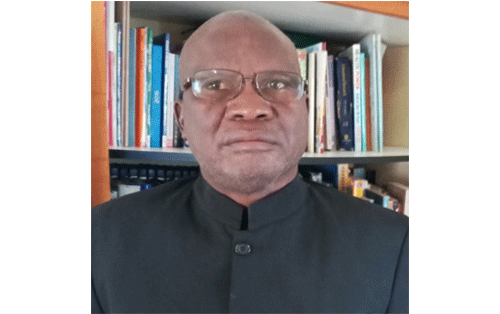Malcolm X once said, “if you want to hide something from black people, put it in a book.” Although the quotation was used in the American context, it has been widely applied worldwide to humiliate Africans.
This ironic though encouraging stigma for Africans to read can no longer be wholly sustained as Africa has developed academically in all fronts.
The recent article by professor Kangira, ‘Professors are creators of knowledge’, in New Era of 4 April 2023 says it all that in many universities, lecturers are creating and sharing knowledge.
To attain such status, one needs to burn the midnight oil, and in the process, exposing oneself to more information.
Although it is true that university professors create knowledge, there is this one professor at a local university who could not define “decolonisation”, despite the fact that the concept was used by Ngugi wa Thiongo (1986) in his book, ‘Decolonising the Mind’. This type of professor and many of his kith and kin, reminds me of my first-year lecturer at the University of the North (now Limpopo University) in South Africa, who referred to their type as ‘professors of ignorance’.
Despite the mushrooming of universities, colleges, public and private schools, the painful reality is that Namibia is losing the culture of reading.
One striking but agonising truth is that some learners reach grade nine with reading and writing disabilities. This may sound unbelievable, but of late, I confirmed this reality with one Life Skills teacher in one of the urban schools.
The teacher was open and frank enough and spelt out some of the reasons leading to such an unfortunate phenomenon. According to this teacher, it is the overcrowded nature and reality of the classes, in which a teacher finds himself or herself with about a hundred innocent eyes staring at him or her.
This leads to a situation in which a teacher ends up either panicking or not knowing what to do. The teacher may even end up concentrating on few learners who may be good performers, at the expense of those who really need the attention and commitment of the teacher.
These neglected learners are automatically promoted to the next grade. Still, in the following grades, the same scenario repeats itself in many grades, and the final product is a learner who is semi-literate at secondary level. When this learner fails in grade 12, we start pointing fingers at one another, playing the ‘blaming game’. But the reality could be that all stakeholders have played a role in failing the learner. But maybe the main player in the blaming game could be the teacher for failing to implement all those pedagogical skills imparted to him or her about the handling of the didactic situation.
The culture of reading among the public members in general and learners in particular can be cultivated if the teachers and other stakeholders are fully involved. I remember when I was in the lower grades that one teacher forced us to sing a choral, “books are for reading and not for ants eating.” The whole concept sunk in our brains as we moved from grade to grade.
Then the teachers made sure that they made us read to groups and to the whole class. The times of spelling, followed by dictations and competing for prizes for the correct words spelt were really enjoyable.
As we progressed to higher grades, the teachers expected us to write summaries for every subject we were taught. This assisted the learners in the process of summarising, as the learner will learn both the correct word and the grammatical constructions.
We became masters of correct word spelling and grammatical construction, that even today I became uncomfortable when a word is incorrectly spelt. The advent of ‘smsing’ messages and googling of meanings of words have also had an impact on the correct spelling as shorthand and shortened forms of words are used.
This means that incorrect spelling and grammatical mistakes are made and meanings are distorted. Of course, we might ask ourselves in which language should we place our reading capabilities? This should be done in all languages possible.
One way in which we can enhance the reading capacity of both learners and other stakeholders is through environmental print and the formation of reading groups and clubs.
Environmental print is the name given to the print that appears in signs, labels, logos, street signs, candy wrappers and on many other containers of food stuffs.
Using environmental print, the teacher can build alphabet knowledge as children begin to recognize letters in a variety of different signs, words, and contexts. Learning to connect letters and sounds and combine those letters into words with meaning is a foundational early literacy concept for young children to learn.
For the teacher to incorporate environmental print into the classroom can be an effective way to support children in this area of development. For many emergent readers, environmental print is also an effective way to help students understand the concept that combinations of letters have meaning. Forming reading groups or clubs can equally enhance the reading capacities of the public. By adopting the concept of environmental print and forming reading groups and clubs, some of the hurdles among learners who reach higher grades without being able to read and write might be partially solved and could be enjoyable if done in a professional manner.


